-

·
What Is Medical Writing: An Introductory Guide (2025)
Explore the essentials of medical writing, including its definition, importance, types, benefits, and future trends in this comprehensive guide.
-

·
What Is Business Writing: An Introductory Guide
Explore what business writing is, its importance, benefits, and best practices to enhance your communication skills in a professional environment.
-
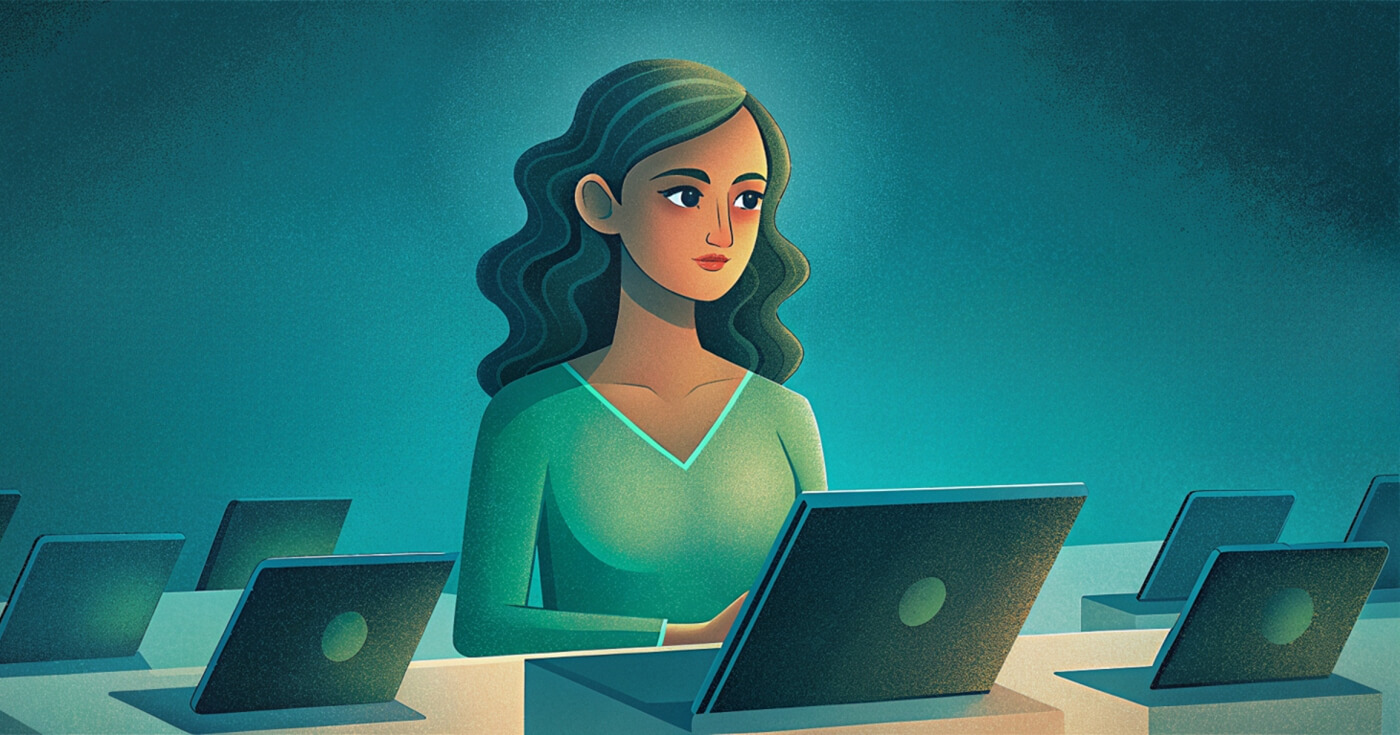
·
Best Writing Tablets
Finding the best digital writing tablet from a pool of market-saturated tablets can genuinely be a daunting task. Therefore, to help you find a suitable model, we have curated and created this comprehensive buying guide for writers.
-

·
The Complete List of Writing Genres (+ Examples)
Writing genres are categories of fiction and non-fiction writing which have risen out of their patter, content, and intent.
-

·
What Is the Difference Between Objective and Subjective Writing (Examples)
Subjective is something individual. It is more about the person, the subject, and therefore is it subject-oriented.
-
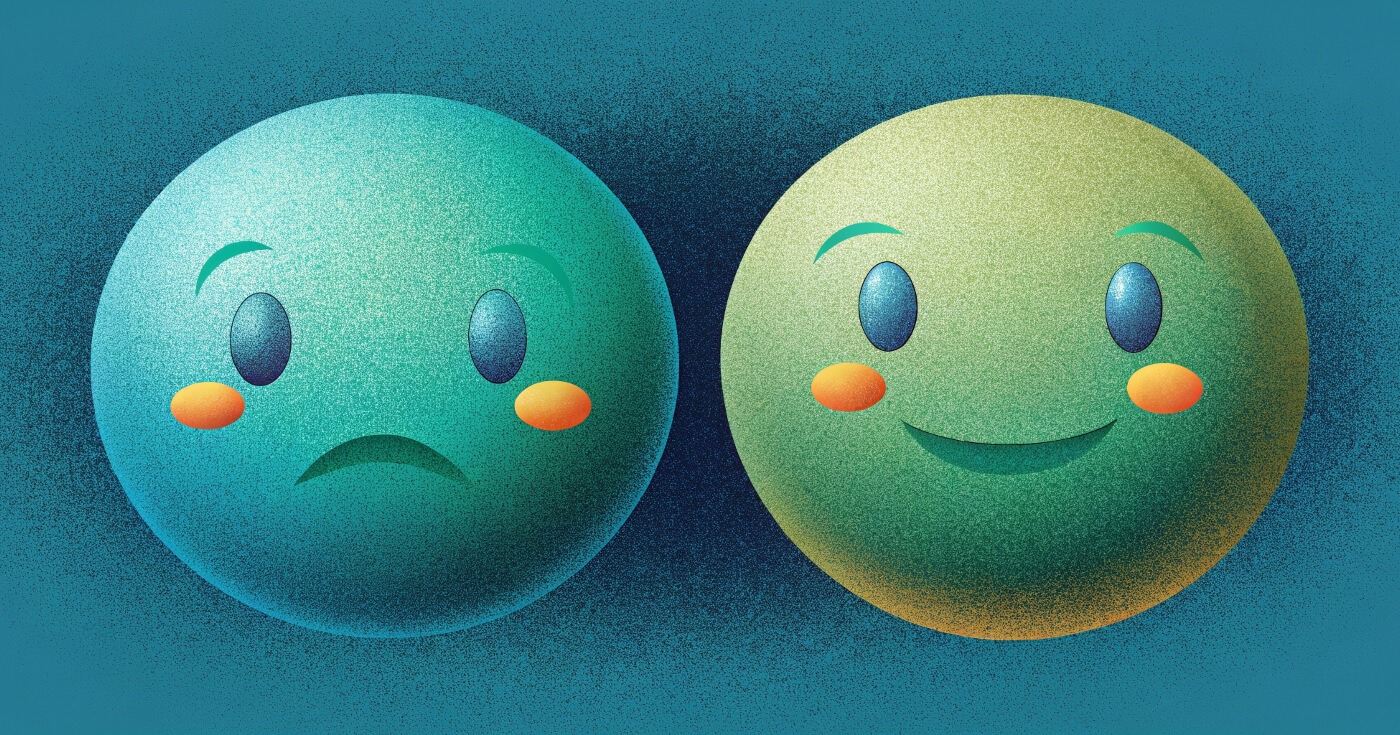
·
What Is Subjective Writing (Definition, How To Write + Examples)
Subjective writing is based on personal opinions, views, experience and feelings while objective writing is fact-based and is built on proven information, and data.
-
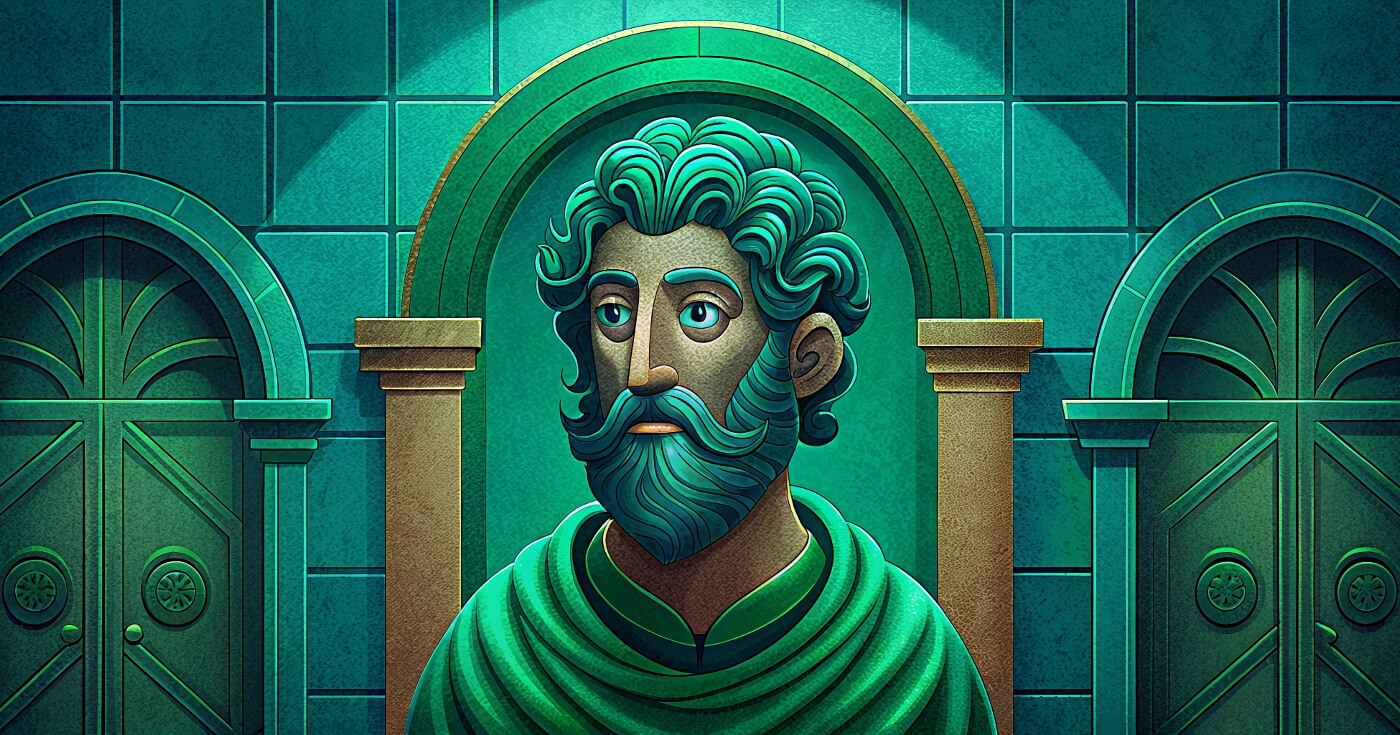
·
What Is Satirical Writing (Definition, How To Write Satire + Examples)
A satire is a literary device poking fun at something with the intention of criticizing as well as generating humor.
-
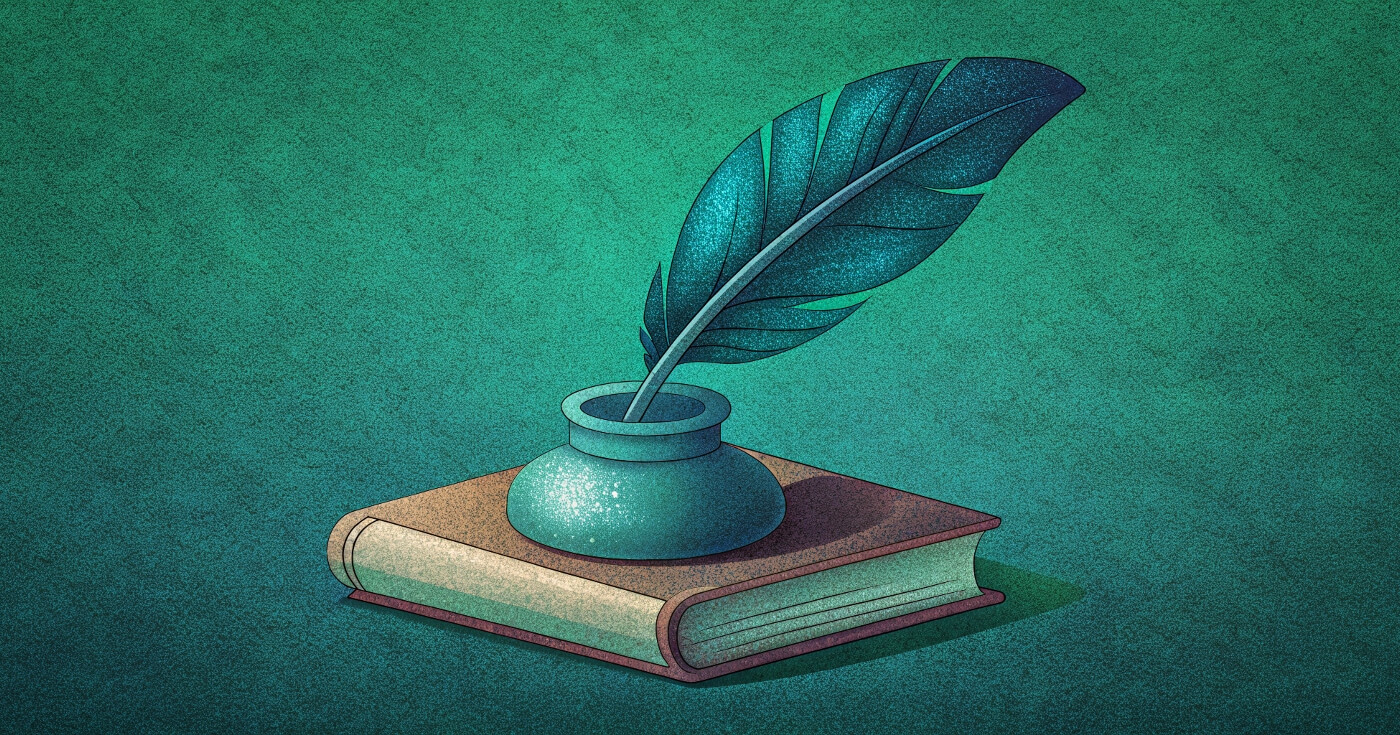
·
What Is Narrative Writing (Definition, How To Write + Examples)
Narrative writing is a writing technique that narrates a story.
-

·
What Is Hyperbole in Writing (How To Write + Examples)
Hyperboles can be found in everyday conversations, literature, political speech, media world, advertisement, and various content mediums.
-
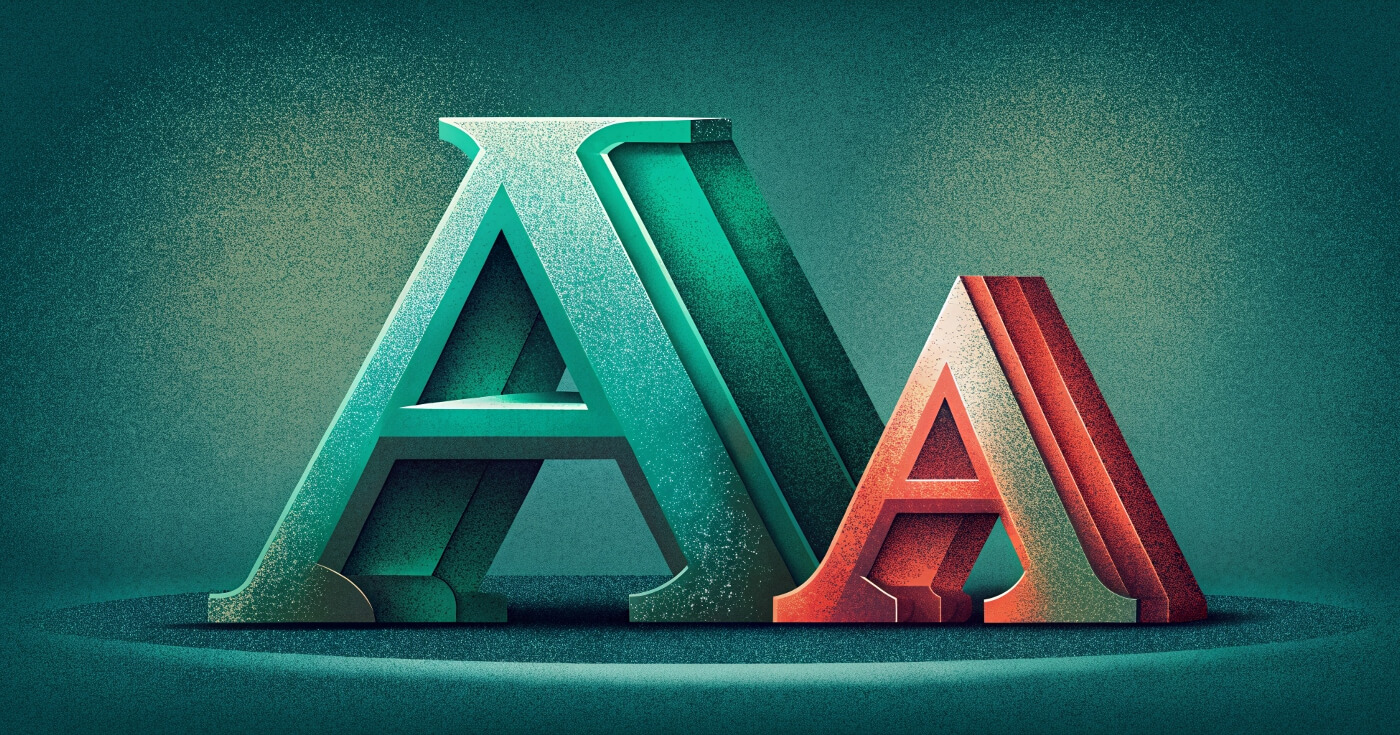
·
What Is Alliteration in Writing (Definition, How To Write + Examples)
Alliteration is the repetition of consonant sounds in the beginning of words to create a pleasant and enduring feeling in the reader.